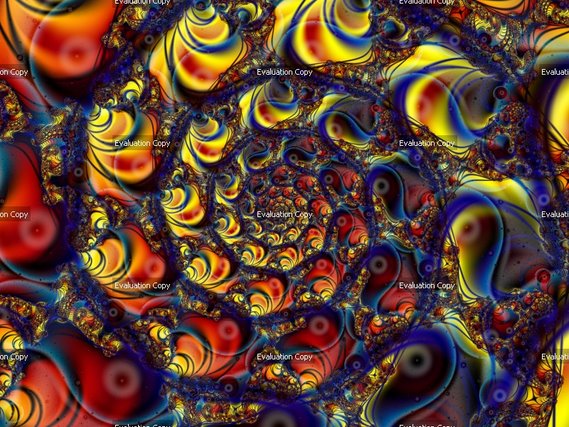Tuesday, March 27, 2012
Nowruz
Spring is here! And the first day of spring (March 20th this year) is Nowruz, the Iranian New Year. An iconic part of the Nowruz celebration is the "Sofreh haft-sin" and here are the pictures of mine. I submitted the above three photos to a haft-sin competition, and was ranked among the top three submissions. Unfortunately the judges were not able to choose among those three, and the choice was left to the crowd present at the ceremony, with the sofreh with the loudest supporters winning. The only people having seen my sofreh being my immediate family members, my crowd just wasn't loud enough. Well, at least I won the baking contest... :)
In designing my haft-sin sofreh, I wanted to make sure to include all traditional elements. So I did some research and learned that the original sofreh was called "haft-chin", whose items are still present in the haft-sin of today, but more or less so depending on the item. I have made sure to include all of these, as well as the haft-seen items, which I have placed in the center.
The original haft-chin:
Mirror - symbolizing Sky
Apple - symbolizing Earth
Candles - symbolizing Fire
Golab - rose water symbolizing Water
Sabzeh - wheat, or barley sprouts symbolizing Plants
Goldfish - symbolizing Animals
Painted Eggs - symbolizing Humans and Fertility.
The Haft Seen items are:
Sabzeh - (Persian: سبزه)
Samanu - (Persian: سمنو)
Senjed - (Persian: سنجد)
Sir - (Persian: سیر)- garlic
Sib - (Persian: سیب)- apples
Somāq - (Persian: سماق)sumac
Serkeh - (Persian: سرکه) - vinegar
I have also included the following popular items:
Sonbol - the fragrant hyacinth flower
Sekkeh - coins
Nān-Noxodchi - a traditional Persian sweet
Ājil -mixed nuts and dried fruit, traditionally served during many Persian celebrations
sekanjabin -an ancient Persian sweet and sour drink, known to the greeks as Oxymel
(source: http://en.wikipedia.org/wiki/Haft-Sin)
It was interesting to me to find that these items are considered "less traditional", as I had always thought sonbol and sekkeh were two other options for the haft-seen.
In setting the haft-seen I payed attention to the symmetry and harmony of the items. As you can see from the pictures my sofreh is highly symmetrical. I also merged traditional elements with more modern ones: the main sofreh is a traditional Iranian cloth, which peeks out from the center (and also hangs from the sides of the table), while gold-coloured tulle marks the perimeter. Its colour is the primary one present in the sofreh: yellow flowers and chicks echo its happy tune. The bright yellow is softened by the pale and delicate colours of spring: the blues, greens, and pinks of the ribbons and eggs. Deep reds and browns are also present, in the wooden frame of the mirror, the border of the Qur'an, and the motifs of the tablecloth, but also in the central items. I chose a red vinegar for that same rich colour. The central elements (clockwise from center: serkeh (vinegar), sib (apple), sir (garlic), sumaq, senjed, and samanu, with sabzeh to the side) are placed in a circle over gold-trimmed mesh circles arranged in a floral pattern, along with Daryush the great, symbolizing the vast and rich culture of Iran. The Qur'an, symbolizing our faith, is front and center. To the left and right are the traditional goldfish and painted eggs, the latter of which I have placed in a bowl with moss and small birds for a natural look. In front of those are ajil and nan-noxodchi, both traditionally served during Noruz. Sekkeh (coins) are also present, along with some traditional Iranian boxes to impart the traditional feel. Candles, some of them shaped like apples, add a warm light to the sofreh. Golab (rosewater), decorated with dry rose petals, is in the back to the left, with Sekanjabin, decorated with grated cucumber and a mint sprig, to the right. Sonbol (hyacinth flowers) as well as taller (artificial :P) yellow orchids that create a beautiful spray over the top (unfortunately not present in the pictures), complete the sofreh.
Below are additional photos showing elements less present in the top three photos:
Subscribe to:
Comments (Atom)














